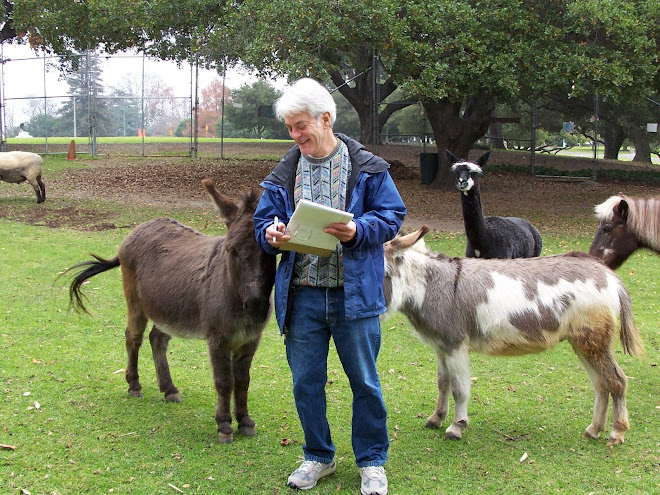
Wednesday will be the 124th anniversary of the publication of a novella titled "A Study In Scarlet," in which a character identified only as "young Stamford" makes the most famous introduction in English literature:
"Dr. Watson, Mr. Sherlock Holmes."
This was the first of four novels and 56 short stories featuring the great detective. It was an instant hit, and Holmes' popularity has never let up. There are Sherlockian societies all over the world, including Malaysia, Australia, India, Japan, Sweden, Tonga, France, Italy, England, Scotland, Wales and the Czech Republic.
There are also specialized societies, such as the Sir James Saunders Society (aka Dermatologists Devoted to Detection), a worldwide society of Sherlockian skin specialists named after the dermatologist consulted by Holmes in "The Adventure of the Blanched Soldier."
It's an article of faith among Sherlockians that the stories aren't fiction; they're fact. We believe - or, at least, we pretend to believe - that Holmes and Watson are real people and that Arthur Conan Doyle is the fictitious character.
Not only are they real, they still live at 221b Baker Street under the care of their loyal landlady, Mrs. Hudson. It's still 1891, the streets of London are still lit by gas lamps, and Holmes and Watson are still battling nefarious villains such as Dr. Grimesby Roylott, Col. Sebastian Moran ("the second-most dangerous man in London") and the Napoleon of crime himself, Professor Moriarty.
Of course, Sherlockians never refer to Holmes by name. We call him The Master. And the stories are called The Sacred Writings, The Saga or The Canon.
This obsession has gotten to the point where one can trace The Master's activities day-by-day by examining clues in The Writings. For instance, it's been determined that the events in "A Study in Scarlet" took place from Friday, March 4, to Monday, March 7, 1881.
There are at least four Sherlockian societies in the Bay Area alone, including the Napa Valley Napoleons (named after "The Adventure of the Six Napoleons"), the Knights of Gnomen in Redwood City, the Diogenes Club (named after The Master's older brother Mycroft's club in London) in Monterey, and the Scowrers (named after the sinister organization in "The Scowrers") in San Francisco.
The Scowrers meet four times a year, usually at Scoma's Restaurant at Fisherman's Wharf. One of the meetings is always on The Master's birthday, Jan. 6.
The following toasts are drunk:
* "The Woman" (aka "the late Irene Adler, of dubious and questionable memory"), whom Holmes holds in highest esteem because she's the only person who ever outwitted him,
* The Queen (Victoria, of course, not Elizabeth II),
* Miss Hattie Doran (the plucky heroine of "The Adventure of The Noble Bachelor"), the only character in The Canon who hails from San Francisco.
There's also a sardonic toast to James Ryder (the villain in "The Adventure of the Blue Carbuncle") commonly regarded as the dumbest culprit in the Canon.
If you haven't read The Sacred Writings yet, how I envy you the joy of discovering them for the first time!
Half the fun is watching Holmes unravel the clues, such as the episode in "The Blue Carbuncle" when he correctly deduces a whole string of personal details about a man he's never met, including the fact that the his wife has ceased to love him, simply by examining the guy's hat.
If I were you, I'd start with my favorite, "Silver Blaze." That's the one with the curious incident of the dog in the nighttime.
"But the dog did nothing in the nighttime."
"That is the curious incident," said Sherlock Holmes.
To find out more about Sherlockian societies in the Bay Area, email sfsherlock@gmail.com.














No comments:
Post a Comment